Specialists in Tools and Equipment
4 Signs Your Hoist Needs Repair
As a warehouse or factory manager, you rely on your hoists and cranes daily to lift and transport materials. But with constant use, these machines are bound to require hoist repair at some point. According to Transparency Market Research, the global hoist market is expected to be worth more than $4 billion by 2031. In such a big market, there will always be experts to turn to when you see signs of damage. Keep an eye out for these signs that your equipment needs servicing.
1. Visible Damage or Wear
Do a thorough visual inspection of the hoist. Look for any broken, cracked, bent, or warped parts. Fraying or damaged lifting straps are a red flag and safety hazard. Check the hook for signs of wear or opening up. Also, examine the lift chain for kinks, rust, or cracked links. Any visible damage is a clear sign your hoist needs professional hoist repair before the next use. Don't risk malfunctions or breakdowns.
2. Strange Noises
Listen closely to your hoists during operation. Squealing, grinding, screeching or squeaking sounds may indicate issues like worn or unlubricated parts. Clanking and rattling noises can signal loose components. Knocking or banging may point to problems with the brake system. If you notice any new mechanical sounds from a hoist, discontinue use and bring in a repair technician. Unusual noises typically worsen over time and lead to larger problems if left unaddressed.
3. Jerky or Uneven Movement
Your hoists should travel smoothly along the beam as they rise and lower. However, uneven movement like jumping and jerking indicates issues with components like the chain, pulleys, or motors. Sluggish movement or difficulty building speed can also be a red flag. If a hoist seems to lag or struggle during operation, repairs are needed to restore proper function and speed. Don't push faulty equipment past its limits.
4. Excess Swaying
Properly functioning hoists should move in a straight vertical path as loads are lifted. Excess side-to-side swaying or swinging during operation is a major warning sign. This points to loose or broken wheels, bearings, or motor problems. Excess sway puts dangerous lateral stress on the hoist components. Make hoist repair a top priority before this worsens or leads to a catastrophic failure. Safety should be the number one concern.
By staying vigilant for these signs of trouble, you can be proactive about the upkeep of your critical lifting equipment. Schedule regular professional inspections and tune-ups to maximize longevity. Following manufacturer specifications for hoist repair and replacement keeps your warehouse running efficiently. When your hoist needs to be repaired or replaced, we can help. Reach out to Zo-Air Co, Inc now to learn more.
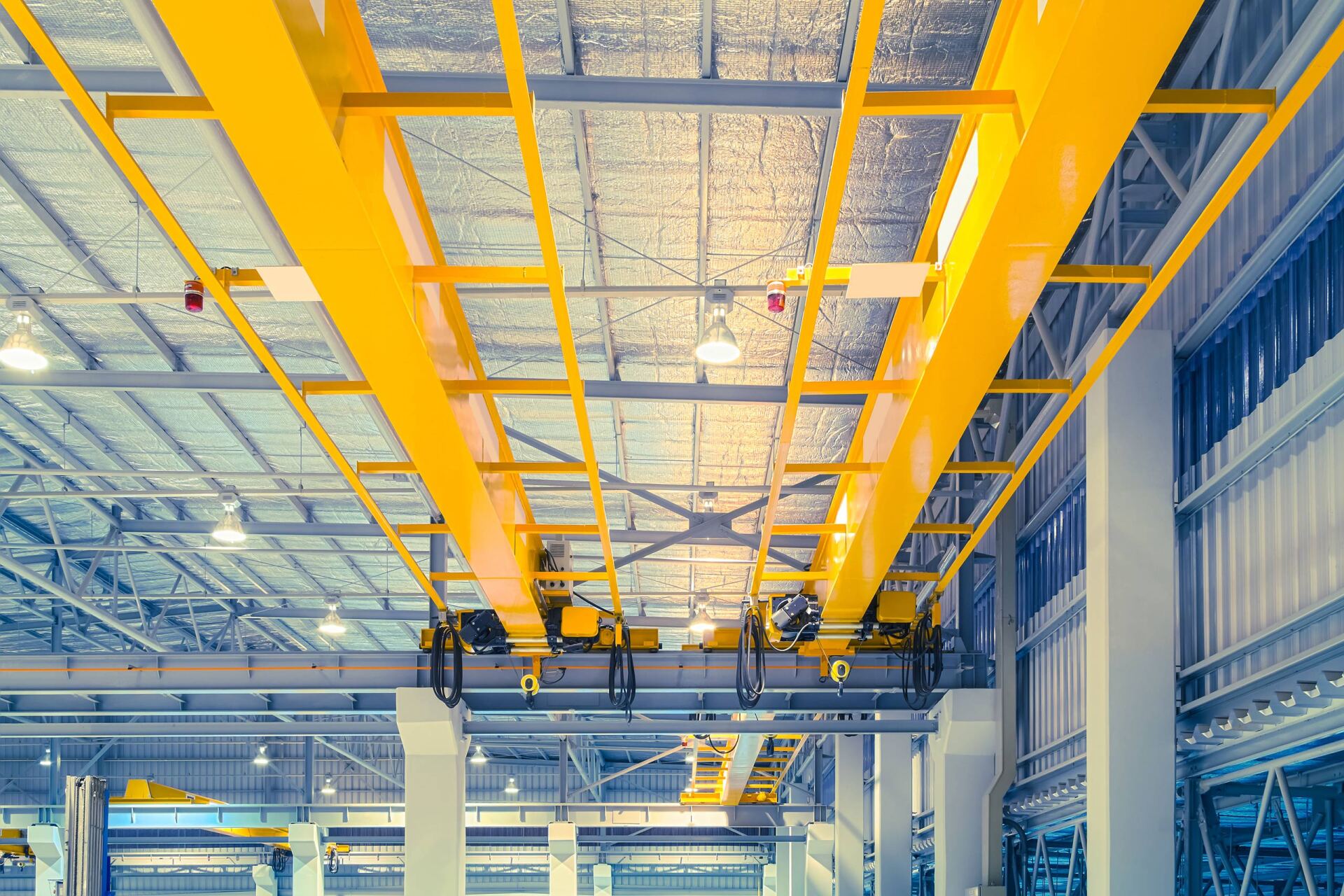
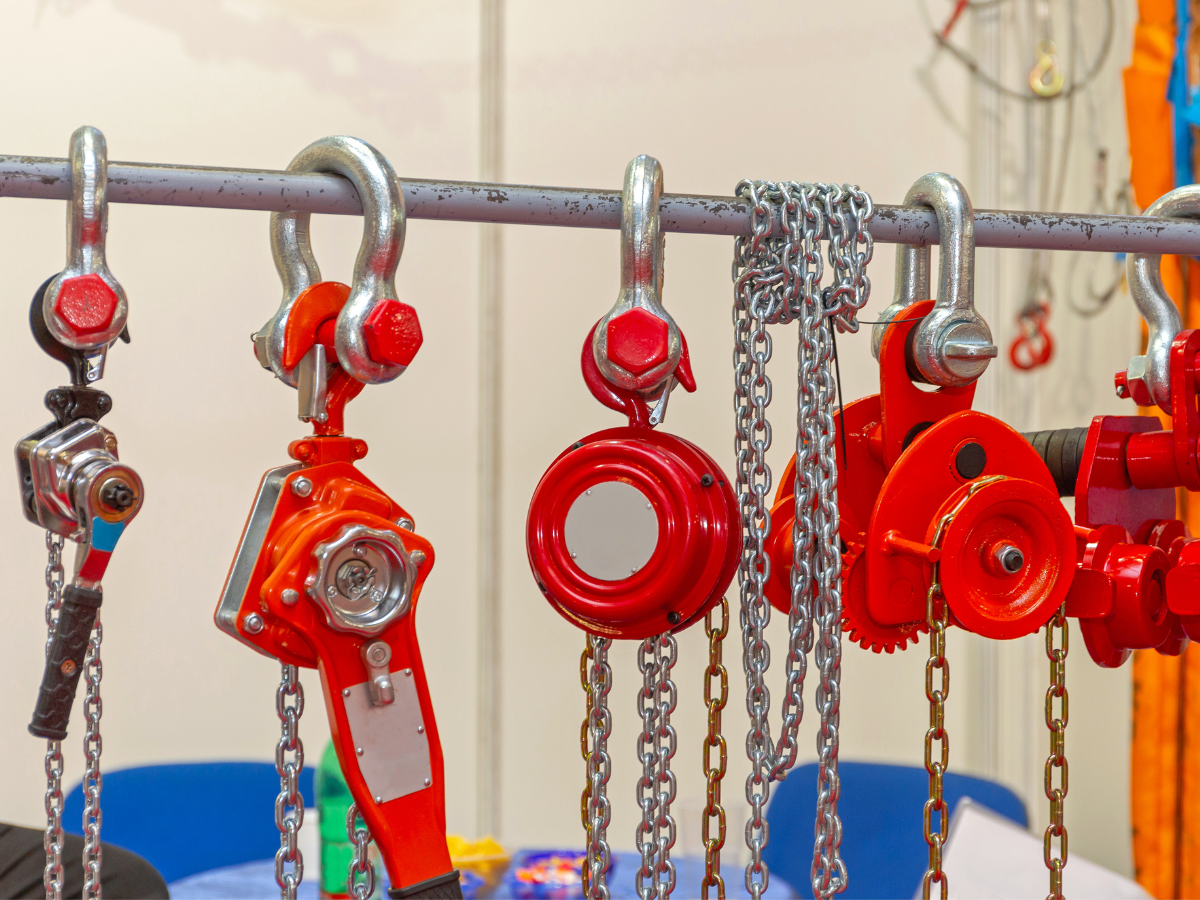
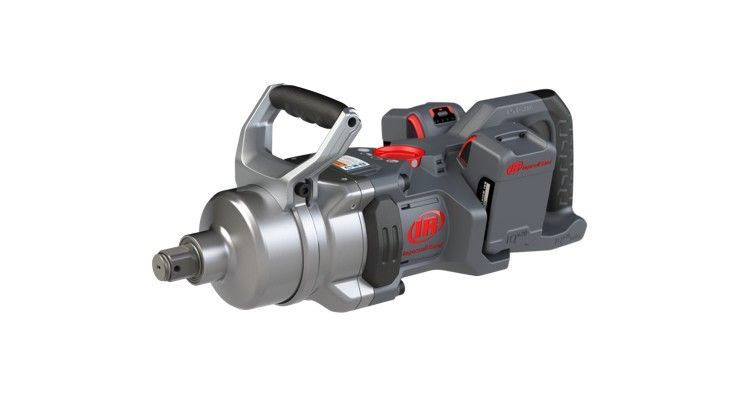
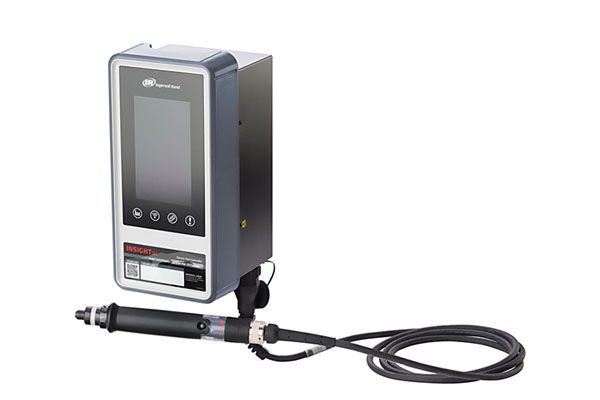
Serving
Quick Links
Contact Us
Business Hours
Hours:
- Mon - Fri
- -
- Sat - Sun
- Closed
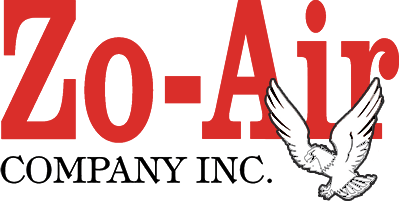
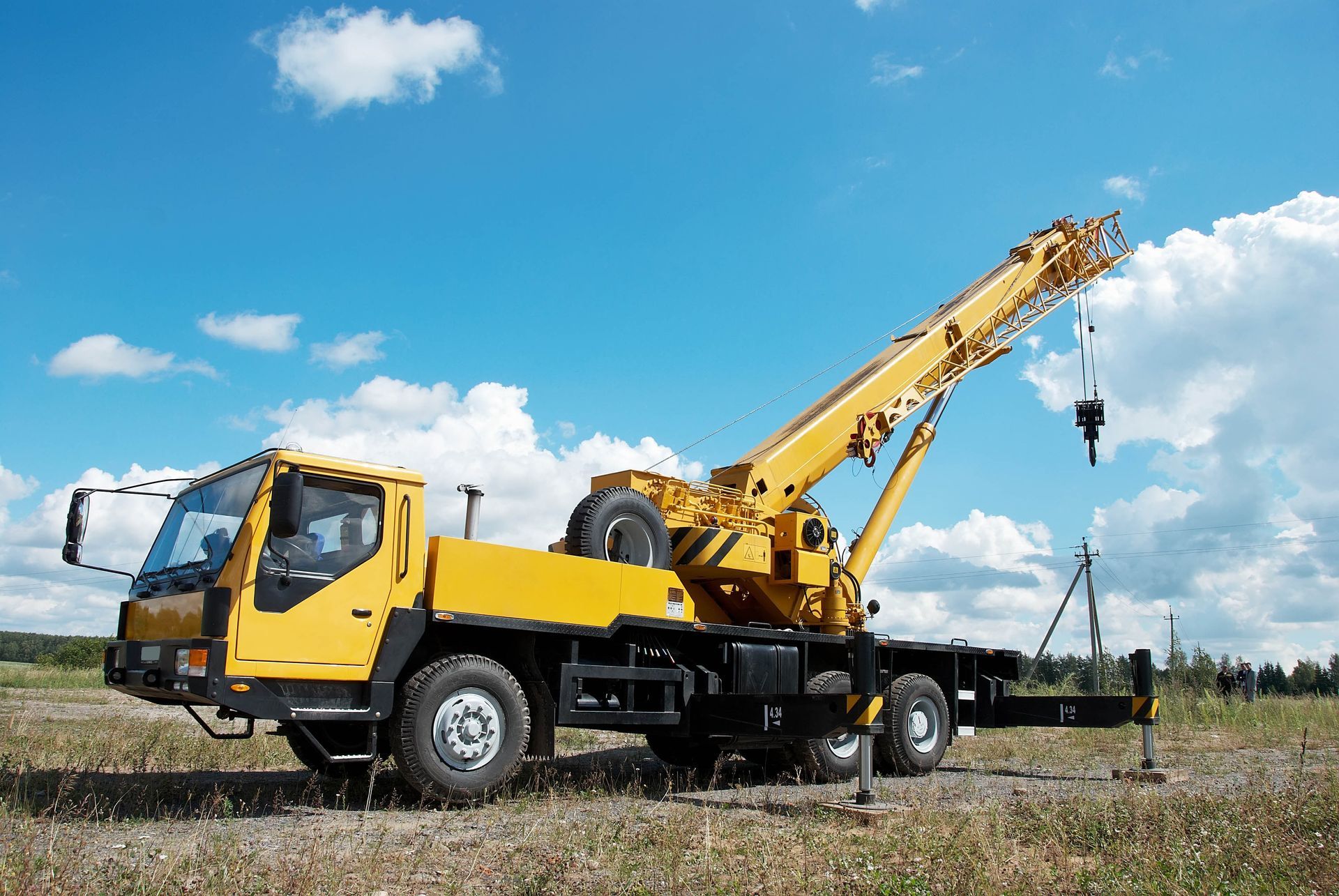
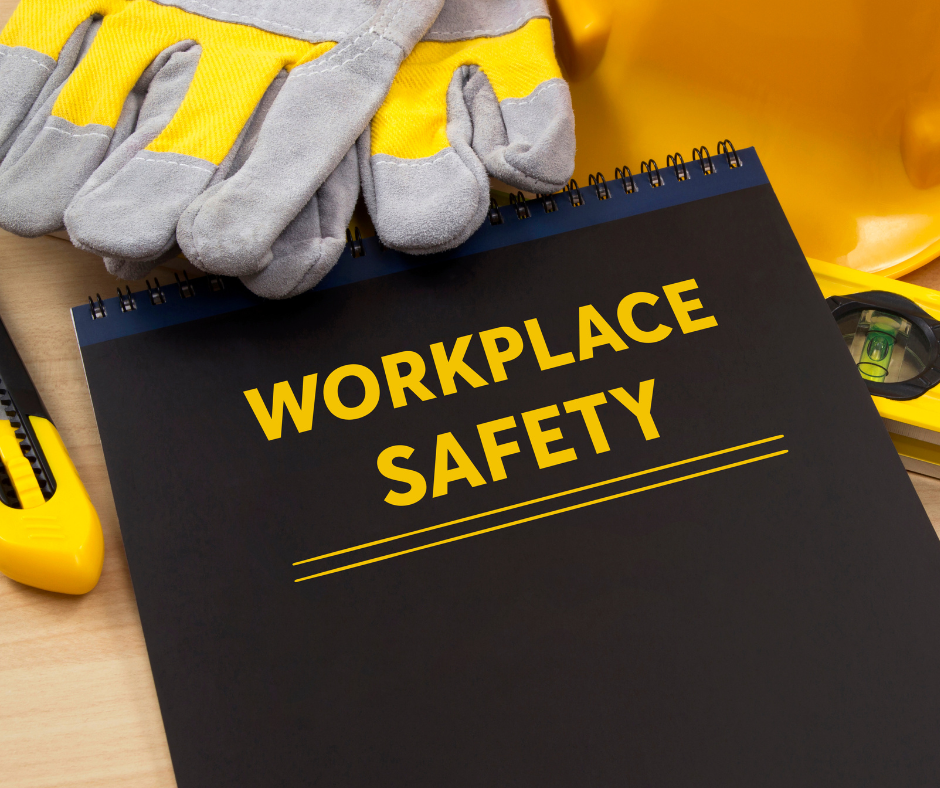


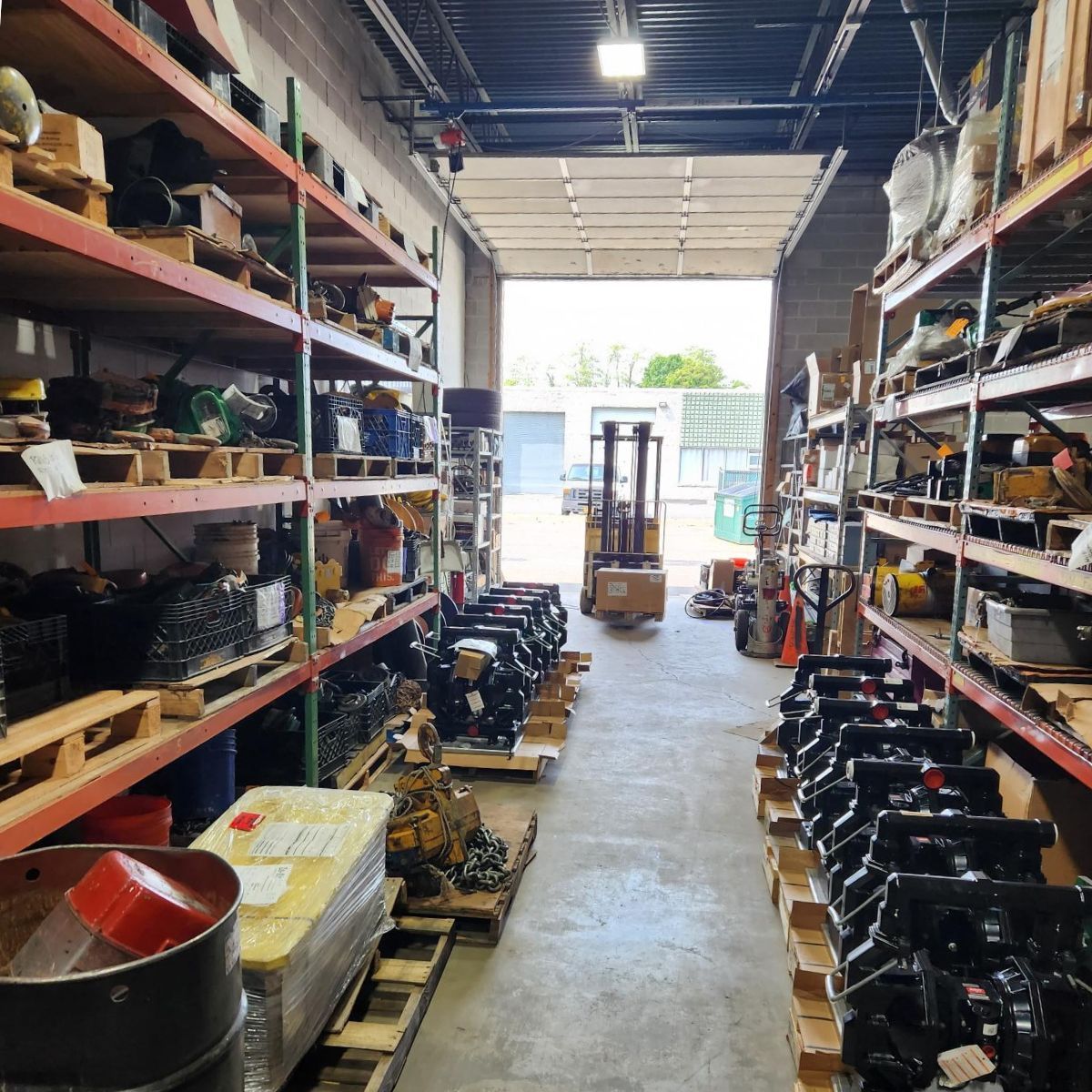

Share On: